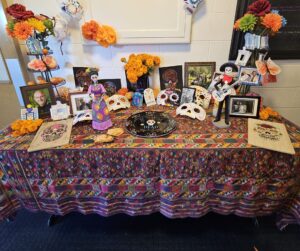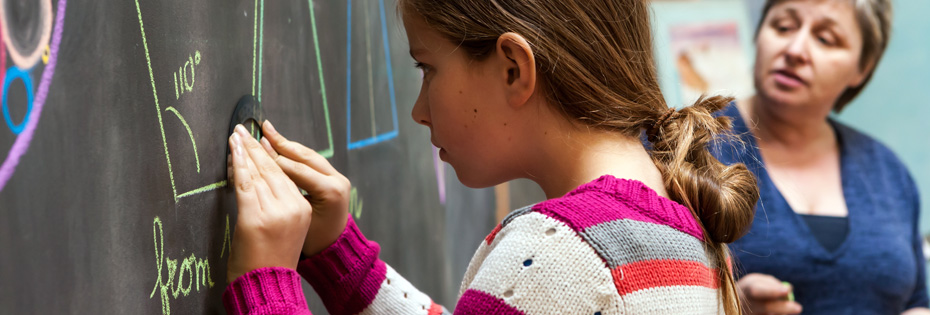
El Día de los Muertos at WSP
by Señora Geraldine Strub | Spanish Teacher for grades 1-8
Celebrating El Día de los Muertos at the Waldorf School of the Peninsula is a cherished tradition. I have a deep connection to this holiday, and will lead the celebration this year. The school joins in the joyful celebration of the Day of the Dead, which takes place over three days; the multi-day holiday beginning on October 31 (All Hallow’s Eve), continuing on November 1 (Día de los Inocentes, or All Saints Day), and ending November 2 (Día de los Difuntos, or All Souls Day). It is celebrated in Mexico and beyond as a vibrant tribute to those who have passed away and a time to pay respects to our dearly departed.
My roots are in Mexico, and I share my childhood memories of the Day of the Dead, especially those moments with my grandmother, filled with the sights and aromas of the occasion, not to mention the delicious food.
El Día de los Muertos is a tapestry of Indigenous, Pre-Hispanic, and Spanish/Catholic traditions passed down through generations. It is a time when the boundary between the living and the deceased blurs, allowing loved ones who have passed on to visit once more. Traditional decorations include papel picado, symbolizing the wind, one of the elements of life, and sugar skulls, representing the departed souls. Marigolds, known as Cempasúchil in Aztec culture, have a strong connection to this holiday, dating back to Aztec funeral rituals.
Leading up to El Día de los Muertos at the Waldorf School of the Peninsula, students immerse themselves in the festival’s history and significance while crafting their own ofrendas (offerings for loved ones) and bringing some from home. These ofrendas are lovingly placed on the school altar, which serves as a symbol of celebration and remembrance, not a religious artifact. Students visit the altar, savor pan de muerto (bread adorned with sugar), and tenderly present their offerings to honor their loved ones.
Forms of celebration vary, but typically an altar is set up in a home and laden with offerings to help the dead on their journey. The altar usually contains three levels representing heaven, earth, and the underworld, and can include items representing the four elements—water to quench thirst, fire in the form of candles to light the way, wind represented by incense from copal tree resin, and earth with food for sustenance on the journey.
The fascinating coincidence of the monarch butterfly’s 3,000-mile migration to Mexico aligns with El Día de los Muertos, and some believe these butterflies represent the souls of departed loved ones returning.
Whether celebrated at the school or elsewhere, El Día de los Muertos is a day to revere and remember the deceased, ensuring that they remain in our hearts and are never forgotten. During times of collective loss and separation, this celebration holds special significance for the school’s students, families, and community, as it reminds us to cherish and honor those who have left us.

